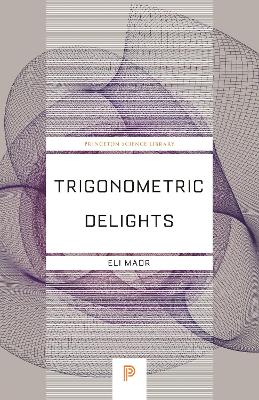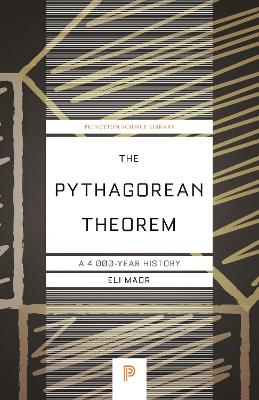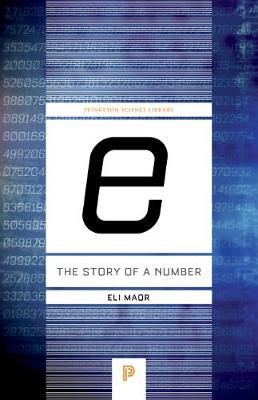Princeton Science Library
2 primary works • 3 total works
Book 68
A fun, entertaining exploration of the ideas and people behind the growth of trigonometry
Trigonometry has a reputation as a dry, difficult branch of mathematics, a glorified form of geometry complicated by tedious computation. In Trigonometric Delights, Eli Maor dispels this view. Rejecting the usual descriptions of sine, cosine, and their trigonometric relatives, he brings the subject to life in a compelling blend of history, biography, and mathematics. From the proto-trigonometry of the Egyptian pyramid builders and the first true trigonometry developed by Greek astronomers, to the epicycles and hypocycles of the toy Spirograph, Maor presents both a survey of the main elements of trigonometry and a unique account of its vital contribution to science and social growth. A tapestry of stories, curiosities, insights, and illustrations, Trigonometric Delights irrevocably changes how we see this essential mathematical discipline.
Book 71
An exploration of one of the most celebrated and well-known theorems in mathematics
By any measure, the Pythagorean theorem is the most famous statement in all of mathematics. In this book, Eli Maor reveals the full story of this ubiquitous geometric theorem. Although attributed to Pythagoras, the theorem was known to the Babylonians more than a thousand years earlier. Pythagoras may have been the first to prove it, but his proof—if indeed he had one—is lost to us. The theorem itself, however, is central to almost every branch of science, pure or applied. Maor brings to life many of the characters that played a role in its history, providing a fascinating backdrop to perhaps our oldest enduring mathematical legacy.


